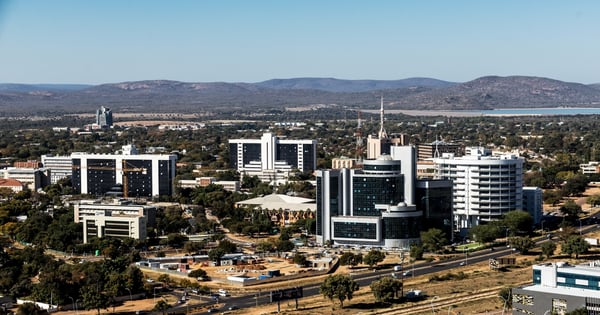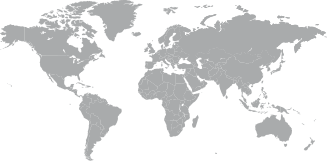Not many know this, but the diamond industry has engineered one of the biggest turnarounds in ethical and environmental practices and standards and is now one of the most closely regulated luxury sectors. Today, 85% of the world's natural diamonds by volume and 95% by value are extracted and marketed by sustainable mining businesses. These ethical diamond companies operate with a high level of transparency and take responsibility for their societal and environmental impact, published in audited sustainability reports.
So what does this considerable transformation stands from?
Iris Van der Veken, Executive Director of Responsible Jewellery Council, stated, "This is not philanthropy. Instead, sustainability is now seen as fundamental to business strategy. Especially during the pandemic, companies have realized that a responsible business is a resilient business."
In recent years, sustainability and traceability have been the most burning topics in the diamond industry and are only gaining more ground. But to not fall into empty buzzwords without complete comprehension of its significance and impact, carefully review the critical sustainability issues and their implications on the diamond industry as follows.
Diamond Industry Sustainability Standards and Practices in 2021:
Gender Equality- Ending all discrimination against women is not only a fundamental human right, but it's also crucial for a sustainable future; it's proven that empowering women helps economic growth and development.
Throughout the entire jewelry supply chain, women are present – "In India, a large number of women are employed in diamond cutting and polishing and jewelry manufacturing. A leading example is Botswana, where women represent 70-80% of the diamond cutters. If we look at product manufacturing, women may represent 40 to 90% of workers in jewelry factories, depending on the country context." - RJC Progress Report 2021
Environmental Impacts- Environmental responsibility covers a wide range of topics, from protecting biodiversity and ecosystems to recycling and helping stop climate change or at least delay it.
There are many initiatives in the diamond industry, especially by mines, to protect and flourish the environment around them. For example, Alrosa's protection of the majestic reindeer of Siberia -"The initiative meets both an ecological function – preservation of rare animal populations and nature in its original form, and a social one." - ALROSA Deputy CEO, Alexey Dyachkovsky.

Responsible Sourcing From Conflict-Affected and High-Risk Areas- Conflict-affected and high-risk areas are identified by the presence of armed conflict, widespread violence, or other risks of harm to people.
Diamond companies are required to respect human rights and avoid contributing to conflict through their mineral sourcing practices. The Guidance seeks to cultivate transparency and promote corporate engagement in the sector to enable countries to reap the benefits of their mineral resources and prevent the extraction and trade of minerals from becoming a source of conflict, human rights abuses, and insecurity. Today, thanks to innovative traceability solutions such as Sarine Diamond Journey™, diamond consumers can be confident their purchase supports peace and development and not conflict.
Community Development- Support of the social, economic, and institutional development of the communities in which the business operates.
While some mines are in industrialized nations, many of the biggest mines are located in developing countries, and for every diamond they are taking out of the earth, they’re giving back and putting something into the surrounding communities. Many mines bring social opportunities to the communities in which they operate – not only in employment but for education and skills training, hospital development, and nurturing local businesses.
Botswana, in particular, has flourished thanks to diamond mining, as the government invests proceeds from the mines back into the country and its communities.
"A couple of years ago, I visited Botswana to learn more about diamonds and the impact that industry has on the country," says Livia Firth, founder and creative director of Eco-Age. "What I found there is a blueprint of how governments and businesses can partner to benefit civil society."
If you're interested in learning more about the world's sustainability issues, read more about The 17 Sustainable Development Goals (SDGs), also known as the Global Goals, that embody a sustainable roadmap for progress and leave no one behind.
Using Big Data to Solve Diamond Sustainability Issues
So what is big data? Is it just a buzzword, or is it potentially one of the most important and lucrative things we have? Think of how much data is being saved each second in a company like Facebook. Every like, every comment, every picture being posted. It's far beyond our understanding. Although data by itself does not have much value, when a creative human mind figures out how to utilize and leverage it, the sky is the limit.
Over 100 million diamonds go through Sarine's systems annually, scanned and mapped from every corner and facet, internally and externally. That's a diamond in the rough with huge potential!
Accordingly, in 2019 Sarine has introduced its Diamond Journey™ technology, which uses its scanning and mapping technologies along the value chain to collect data on each diamond and validate its identity based on that data at every stage of its transformation. "For the process to be verifiable, it can only be based on objective tech-based solutions that collect and store diamond data with no interference, from the mine to the consumer." David Block, Sarine CEO. Furthermore, all the data from the diamond's journey is automatically uploaded to Sarine's cloud-based system, so it can not be manipulated or damaged. This scientific procedure is unique to Sarine's solution since it goes beyond blockchain to ensure the data being saved is 100% accurate.

In 2016, Chow Tai Fook Group, China's most prominent jewelry group, launched a traceable diamond brand T MARK. From the moment a diamond is sourced, it is assigned a traceable code, enabling its future owner to access the gem's history – from manufacturing and authentication to design and ultimate delivery to one of its stores.
In July 2021, ALROSA has introduced a ground-breaking diamond-tracking process by which a nano-mark is imprinted into the crystal structure of a rough diamond at the source, using non-invasive laser marking. It distinguishes ALROSA's diamonds from other ones, including lab-grown, and allows them to be uniquely identified, providing detailed information about the diamonds' origins. Peter Karakchiev, Alrosa's head of international relations, emphasizes that this is not laser-marking. Unlike traditional laser engraving, this cannot be faked or polished off and needs special reading equipment. "Traceability is top of our minds," he says. "But this is far more than simply knowing the origin; it is not lip service. We're introducing tech solutions to deal with transparency issues, and we know that consumers will ask for a diamond that gave back to communities."
The biggest names in the diamond industry are now investing in sustainable and responsible practices, looking to innovate and contribute to the world, and, perhaps most importantly, want to be considered leaders of this movement.
Not to be a buzzkill, but while all these initiatives are inspiring and definitely a step in the right direction, most do not provide a sufficient answer to transparent supply chain and sustainability concerns. "Most diamonds sold today do not come with third-party proof of origin," Stanley Mathuram, Executive Vice-President of SCS Global Services, explains. "Customers should demand that their diamond's provenance is independently verified with empirical evidence detailing its mine or lab of origin, country, and date of extraction."
Today, only Sarine's solution provides extensive verifiable data about the diamond's journey. Declarations are not enough anymore, and only third-party credentials based on verifiable data of the diamond's entire journey and not just its origin, such as Sarine Diamond Journey™, can genuinely ensure a sustainable and prosperous future for the diamond industry.
What are you doing to either jump on the bandwagon or lead your own path into profitability in the sustainable era?
Sarine Diamond Journey™ Program Now Open For All
Diamonds pass through many hands along the pipeline – miners, rough traders, manufacturers, polished traders, retailers, and consumers.
The hardest part of traceability is ensuring verifiable, trustworthy data across all these players, accurately representing the journey of a specific diamond from rough to polished. A true traceability solution must engage with the entire supply chain to ensure a continual, unbroken chain of traceability data. This is where Sarine has focused her efforts. Thanks to over 30 years of providing breakthrough technologies to the entire diamond pipeline, Sarine has been able to develop the Diamond Journey™ Program and the ultimate traceability solution.
Sarine Diamond Journey™ Program partners demonstrate their ongoing commitment towards sustainability and responsible business practices by taking part in the most reliable and trusted sustainability solution. Our members share responsibility for the integrity of the entire supply chain and work together to set the standards across it.
Being a partner in the DJ program creates many opportunities:
-
Demonstrates leadership in consumer confidence issues, showcase best practice and gain competitive advantage
-
Increases confidence of customers that the jewelry they are buying is responsibly produced
-
Creates connections to a like-minded community, including wholesalers and retailers, through stronger commercial relationships facilitated by certification
-
Opportunity to be at the forefront of driving change in the jewelry and watch industry
Lucara Diamond Corp has collaborated with Sarine to include provenance traceability for diamonds listed on Lucara's rough-sales platform, Clara. With Lucara, Sarine can add additional information to the log once the diamond has been manufactured, allowing it to offer mine-to-retail traceability.
Tiffany & Co. Partnered with Sarine Technology to provide clients with certificates that show the step-by-step journey that its designs go through before reaching the retailer floor. "We are raising awareness among those who might not otherwise have considered diamond traceability. When choosing a diamond, that includes not only knowing its country of origin but the conditions and care with which it was crafted", said Andrew Hart, Senior Vice President Diamond & Jewelry Supply at Tiffany & Co, in response to their new traceability initiative. Much more is at stake when a diamond travels through the pipeline until it arrives in the hands of the consumer. Today, traceability offers a new approach, restoring prestige while creating transparency to the diamond's journey.
David Block, CEO of Sarine Technologies, has worked with Sarine for almost two decades and has seen the evolution of diamond transparency first-hand. From secrecy to transparency in a matter of two decades, the industry has changed its entire strategy and, in part, due to the technologies Sarine provides. "Technology is the way forward to achieving full disclosure and a trustworthy diamond transformation from its rough form to the polished stone."




-1.jpg?width=310&name=blog_image%20(003)-1.jpg)





